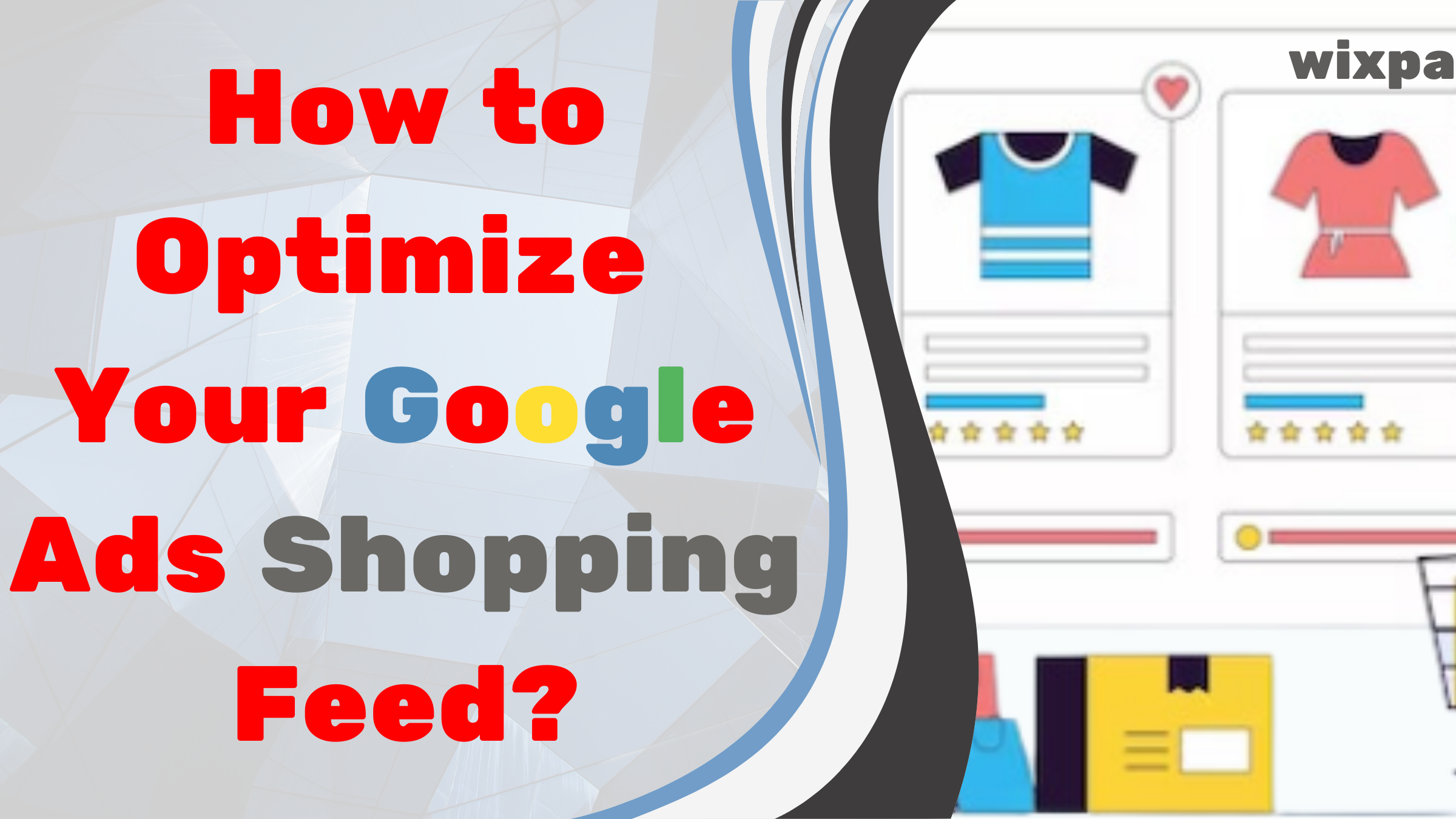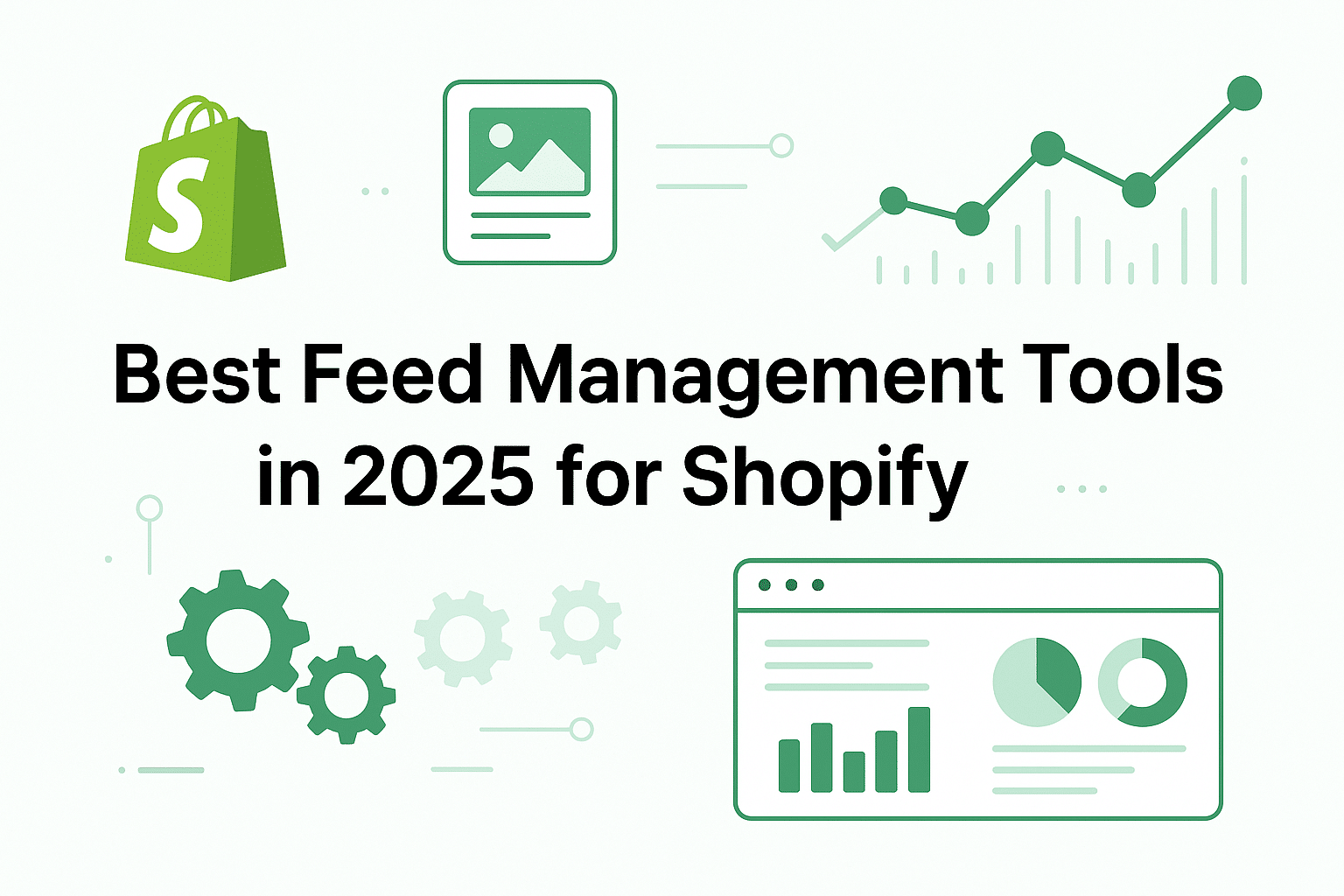
To stay competitive in the e-commerce sector, it is vital to utilize an advertising strategy that is appropriate for the business and drives sales. A well-structured Google Shopping Ads should inform potential consumers about available products right where and when they need to most. Still, for a campaign to be effective, the components of a Google ads shopping feed optimization strategy need to be in place. The purpose of this paper is to Polish these components of your Google Shopping feed to have a better return on investment in the future.
Approaching Google Shopping Ads Feed Optimization
Before proceeding to optimization procedures, it would be useful to define some of the terms used in this section and particular. What a Google shopping ads feed source may be. That’s a text file or a file with a structure that contains all the information about the products that you want to advertise and how to advertise it within Google. This feed includes basic information including, product names, descriptions, images, pricing, and status. The higher the quality of your feed the higher will be the probability of showing your products in relevant searches which will ultimately lead to increased exposure and conversions.
Make use of quality Images
Images are critical elements in selling products to the target audience. Make sure that your product images are high quality, good, and properly depict the products being sold. It is advised that Google images should be at least 800 x 800 pixels. Also, do not include promotional text content or watermarks on the images as they compromise your ads’ effectiveness.
Choose Powerful Titles And Descriptions
One of the best assets of a Google Shopping feed is its Product title and its detailed customer-friendly descriptions. While creating titles, ensure that you incorporate keywords that your potential customers are likely to use during their search. Communicate the message briefly while being accurate on the information being portrayed. For descriptions, give extensive details and describe each highlighted point thoroughly, focusing on features, benefits, and specifications. The more detailed your content, the better the chances of conversion.
Make Use Of Mobile Devices
The situation where people do not have the time to shop or sit down to do so has changed. Customers purchase goods and services on the go. Thus, it is important to check how responsive your Google Shopping feed is on mobile devices. Ensure that your products and images, as well as descriptions, are well optimized for mobile view. Google has in its criteria of ad placements also the ability to properly optimize the ad campaigns to mobile devices. Which is beneficial for your ad performance.

Safeguard the Integrity of Your Product Information
It is critical to continuously sustain your product information as this helps to maintain the relevance of the Google Shopping feed. Take account of your stock, prices and availability of your merchandise. In case there is any change in information, make amendments to the feed. So that one does promote products that have less stock or have been incorrectly priced. Such information helps in building credibility among customers and. Also reduces spending money on clicks on advertisements that lead to bad experiences.
Don’t Shy Away From Using Custom Labels
Using custom labels in your Google Shopping feed is a feature that enhances the organization and management of your campaigns by helping you sort your products. Prioritize these labels in dividing your products according to their season, price, or whether they are bestsellers. For this reason, you will be able to significantly increase the efficiency of your bidding tactics and adverts in the end.
Take Structured Data Mark Up into Account When Compressing Images
Structured data markup makes it easier for Google to have an insight of the product being offered. When schema markup is used in the website, this also improves the performance of the Google Shopping feed, while benefiting your website. This added detail may assist with better indexing and recommend relevant searches to assist with the visibility of your products.
Observe Performance and Adjust Where Necessary
It should be noted that optimization is not a one-time activity. Keep an eye on the performance of your Google Shopping Ads with the help of Google Ads reporting tools available on graphics. Track key performance indicators such as CTR, conversion rates, and impersonation rates. With this information in mind, revise your feed when appropriate, for example, the product titles, descriptions, or even the amount of bids.
Conclusion
To begin with, optimizing your Google Shopping Ads feed is one of the most rewarding activities. The quality of the images, the title and description, and product data accuracy. And the use of custom labels could all be materials for boosting ad performance. Keep in mind that the main idea when using Google Shopping Ads is the constant observation and adjustment of the feed to keep it relevant. Adapt these strategies now and experience the full potential that Google Shopping campaigns have to offer!





